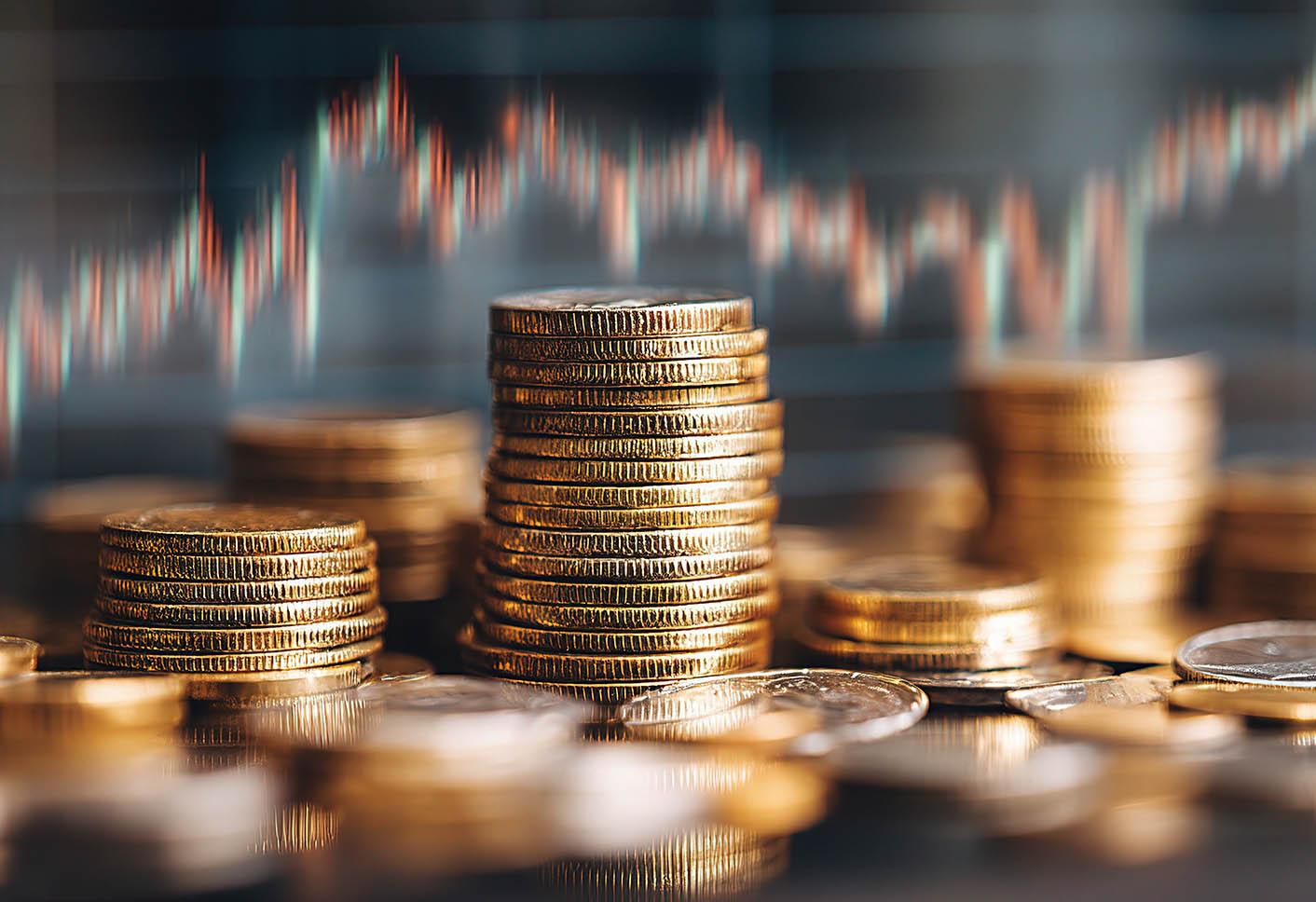Bullion Market Update – July 11, 2025

Precious Metals Prices
Gold opened Monday morning at $3,308.14/oz after a slight price decrease last week. It showed mild increases this week trading Friday, July 11th, around $3,369.00.
Silver climbs to recent highs again this week. The silver price has continued to climb over the last few weeks, trading over $39/oz intraday on Friday, July 11th.
The price per ounce of platinum also rose steadily this week with a price on Monday of $1,365.56 and a price on Friday around $1,392.
Finally, palladium showed signs of resilience as it rose from $1,106.96 on Monday to around $1,124 by Friday.
The gold to silver ratio had one of the sharpest weekly declines in recent weeks. As of intra-day trading prices on Friday, it sits in the range of 86:1 – 88:1. This is high compared to history, but one of the lower ratio numbers that we have seen recently.
Market Update
This past week, precious metals markets were shaped by rising geopolitical tensions and evolving macroeconomic signals. A major driver was the announcement of new U.S. trade tariffs. President Trump introduced fresh duties targeting Canada (35%), Japan, and South Korea (25%), as well as proposed tariffs on critical sectors including copper, semiconductors, and pharmaceuticals. These measures are set to take effect on August 1. Initially, markets took some relief in temporary reprieves granted on earlier tariffs, but that sentiment reversed as broader trade tensions escalated. The renewed uncertainty prompted safe-haven demand for gold and silver, though gains were capped by a stronger U.S. dollar and rising Treasury yields.
On the macroeconomic front, stronger-than-expected U.S. labor data surprised analysts. Weekly jobless claims fell to a seven-week low, indicating a resilient labor market and tempering expectations of near-term rate cuts. The Federal Reserve’s June meeting minutes, released midweek, showed most officials remain cautious about easing policy too soon, citing persistent inflation concerns and tariff-related risks. These developments pushed Treasury yields higher and boosted the dollar. President Trump has spoken consistently about replacing Fed Chair Powell with someone more likely to cut rates. This will likely cause the market to price in expected future rate cuts now, even if the Fed is currently keeping rates steady.
